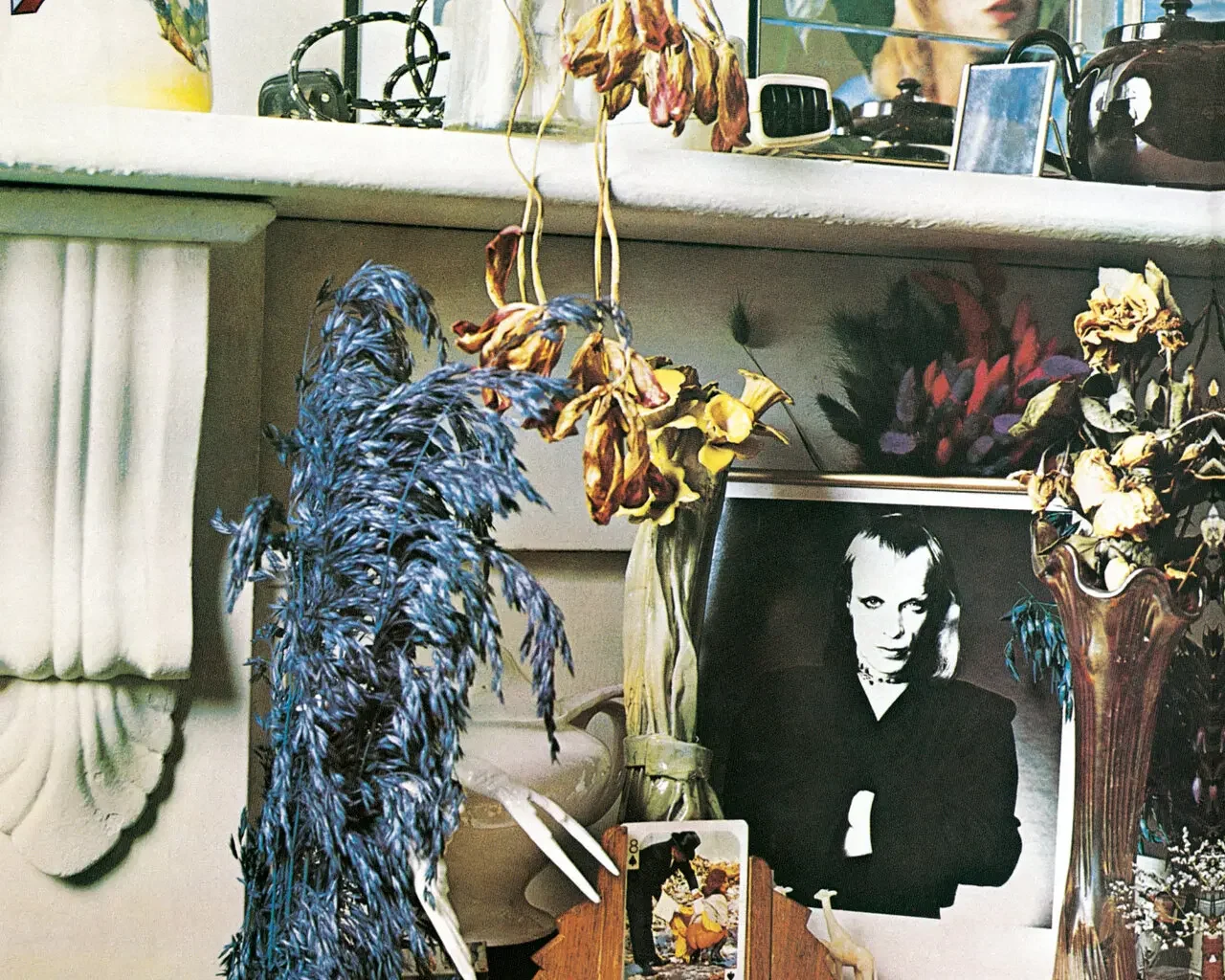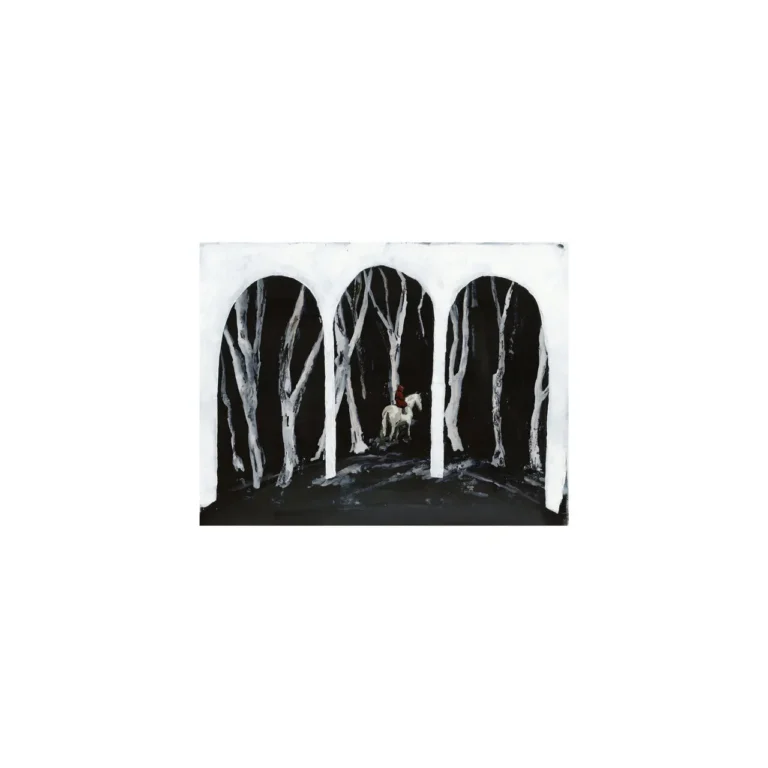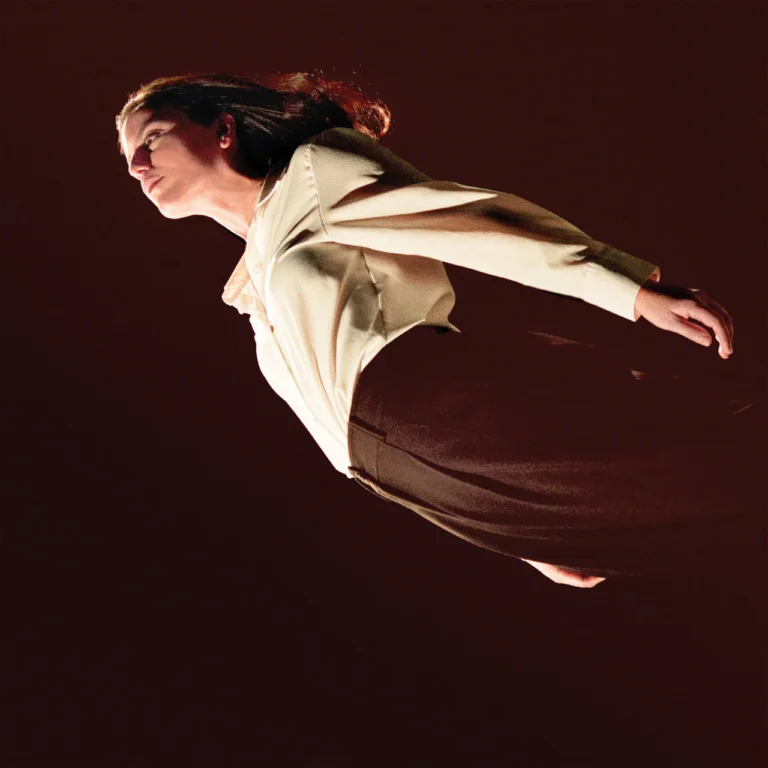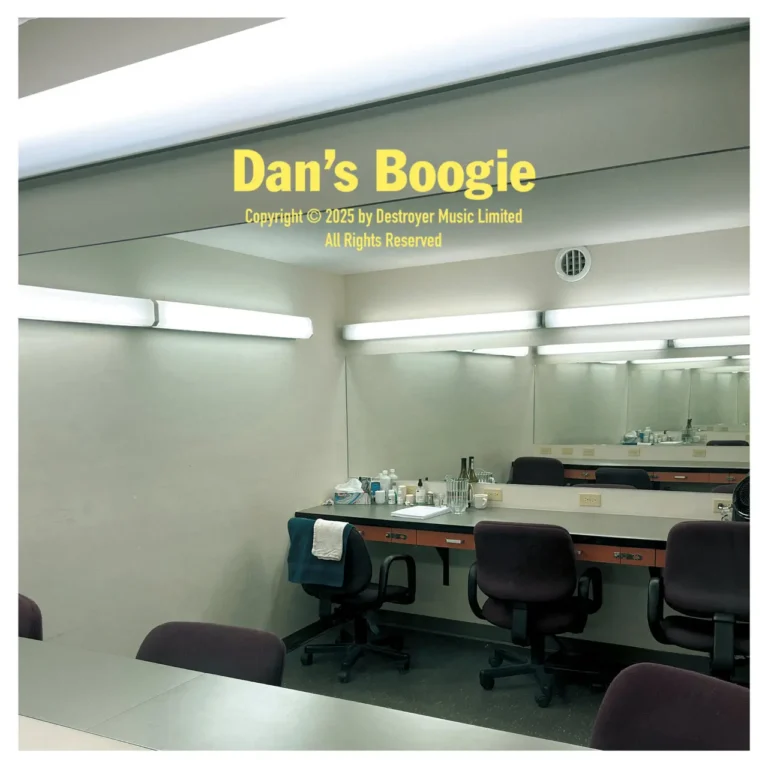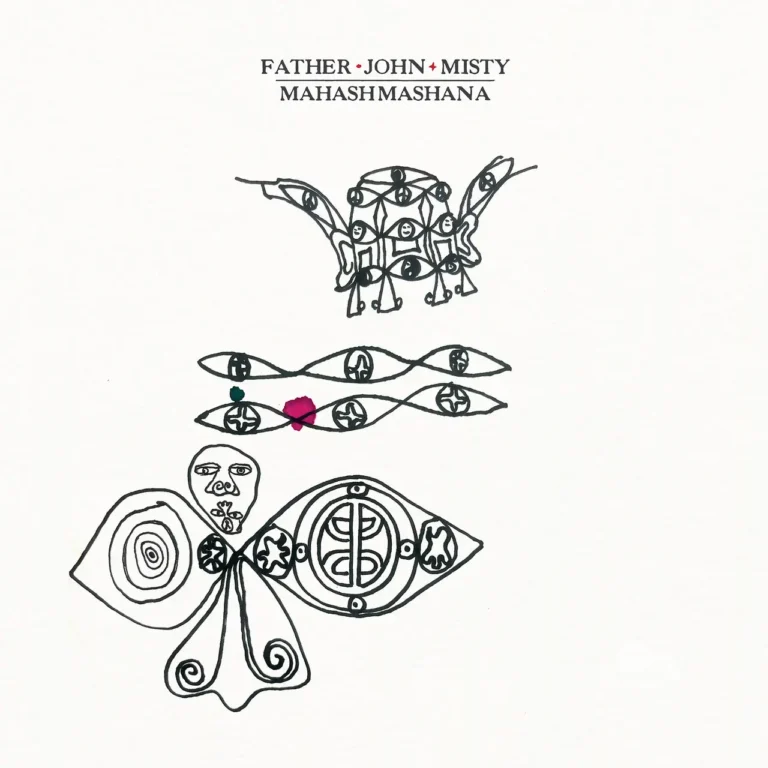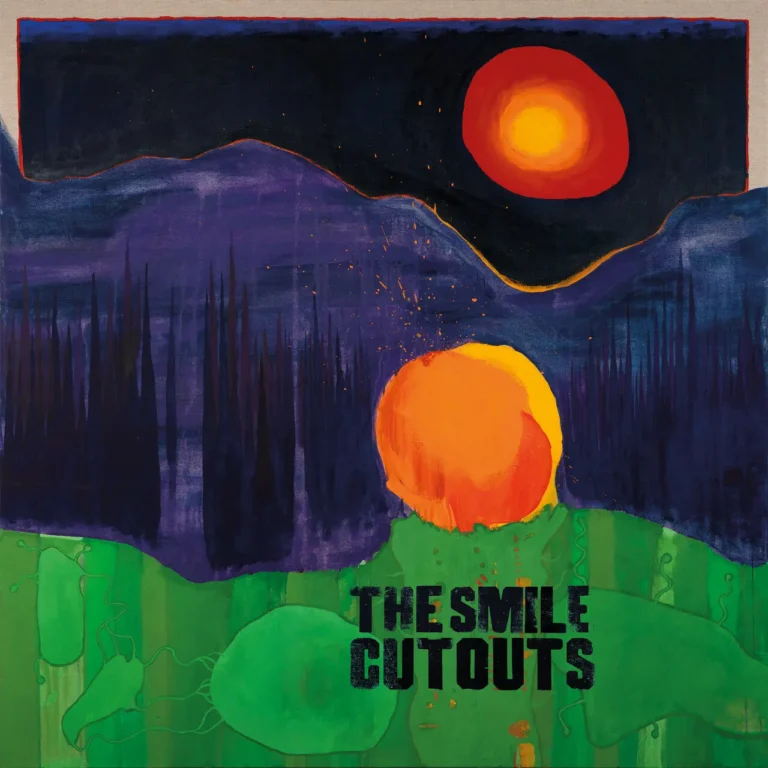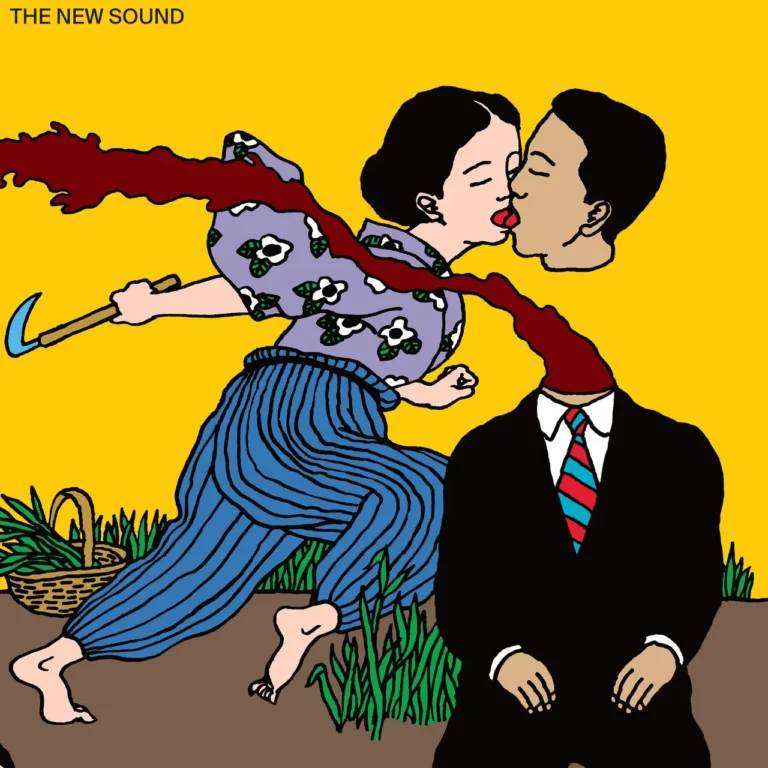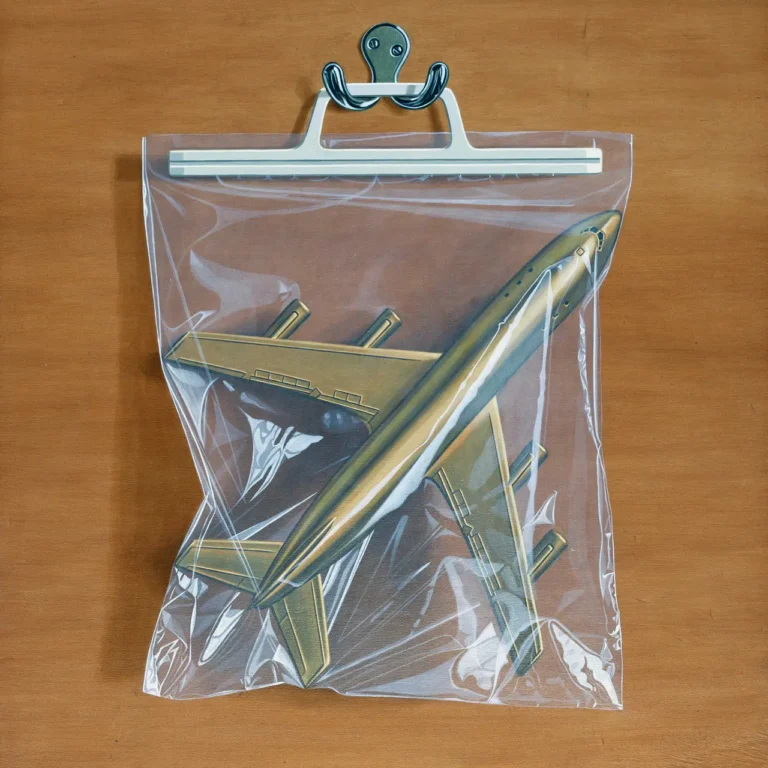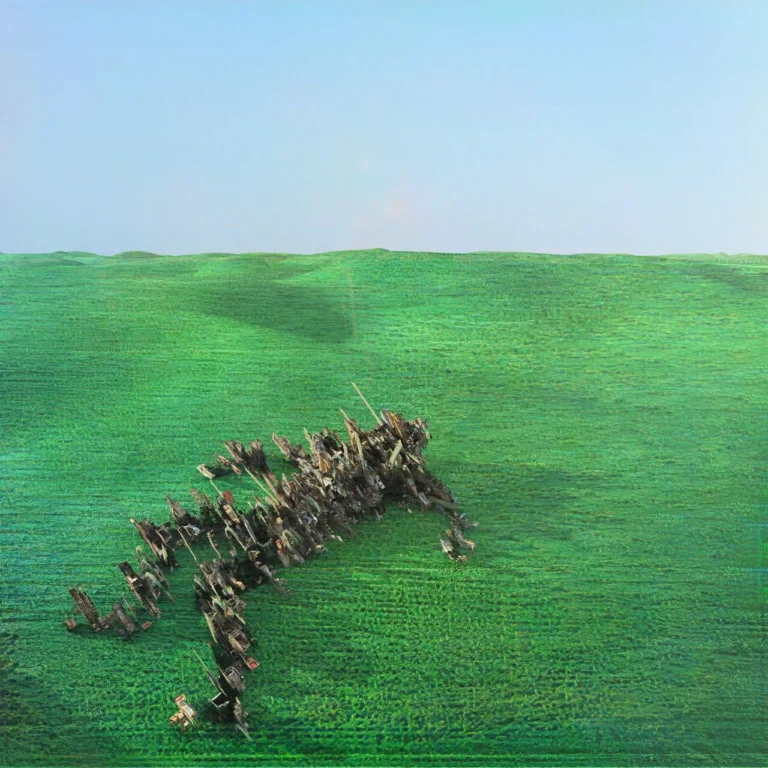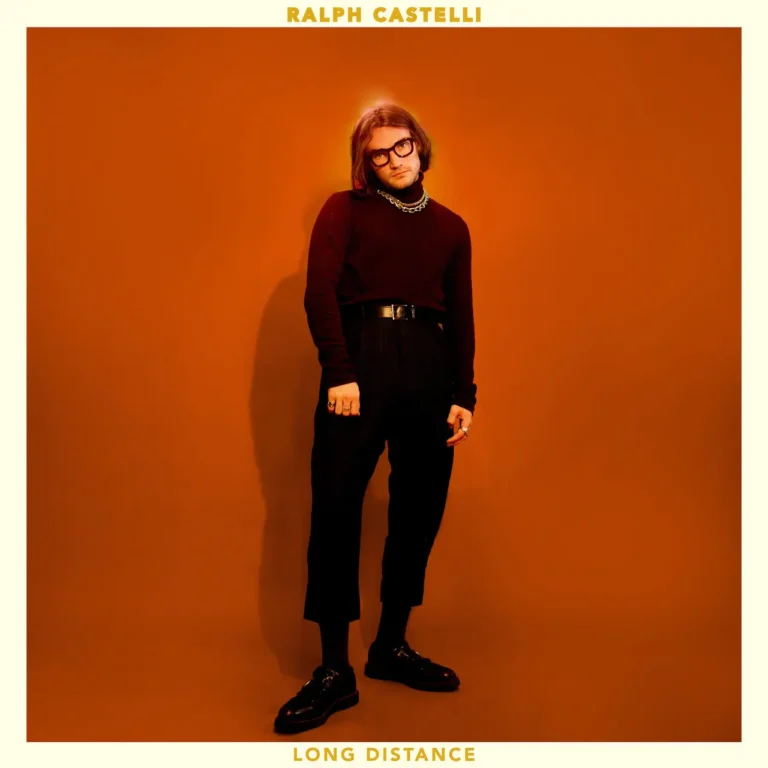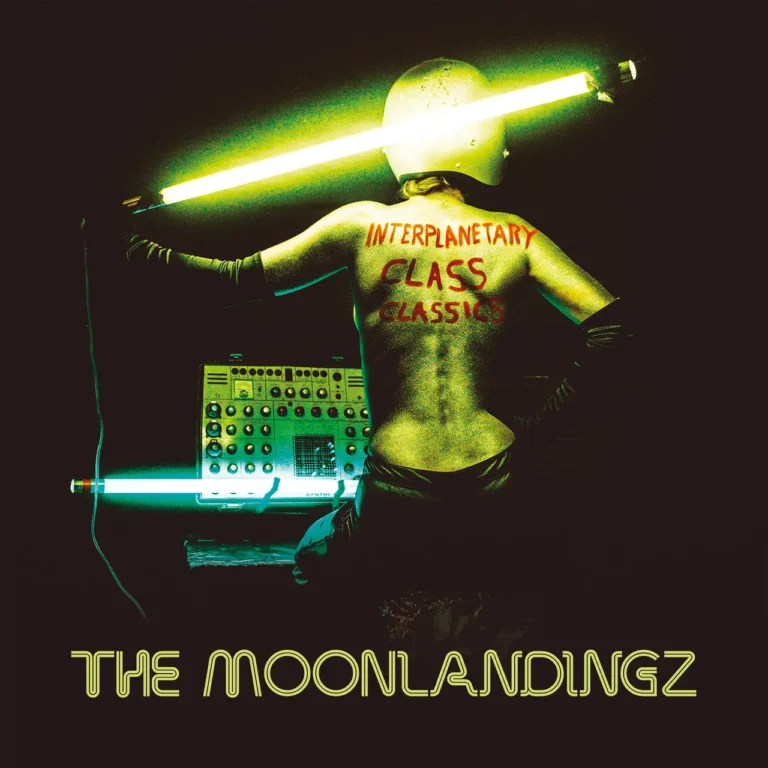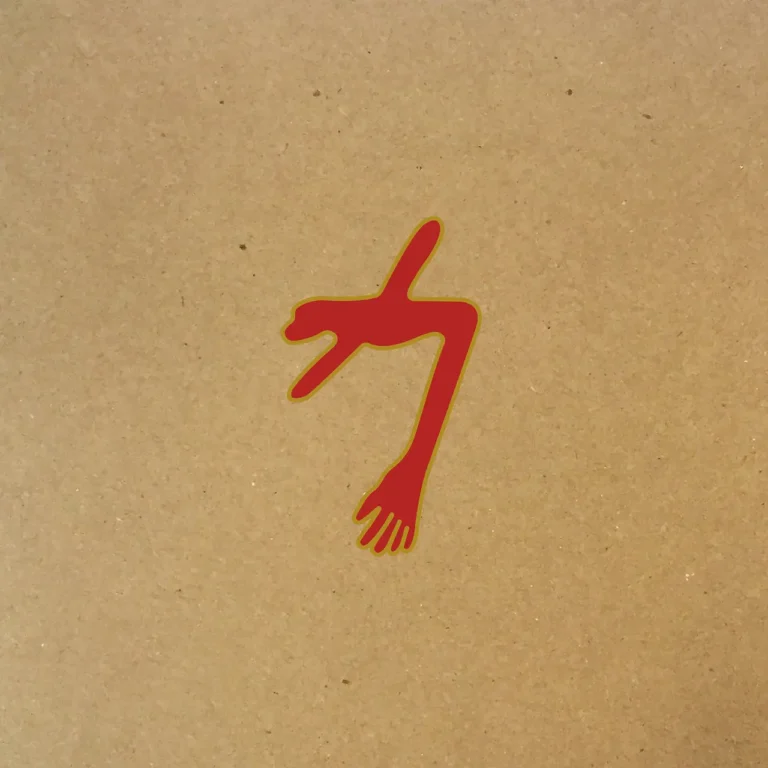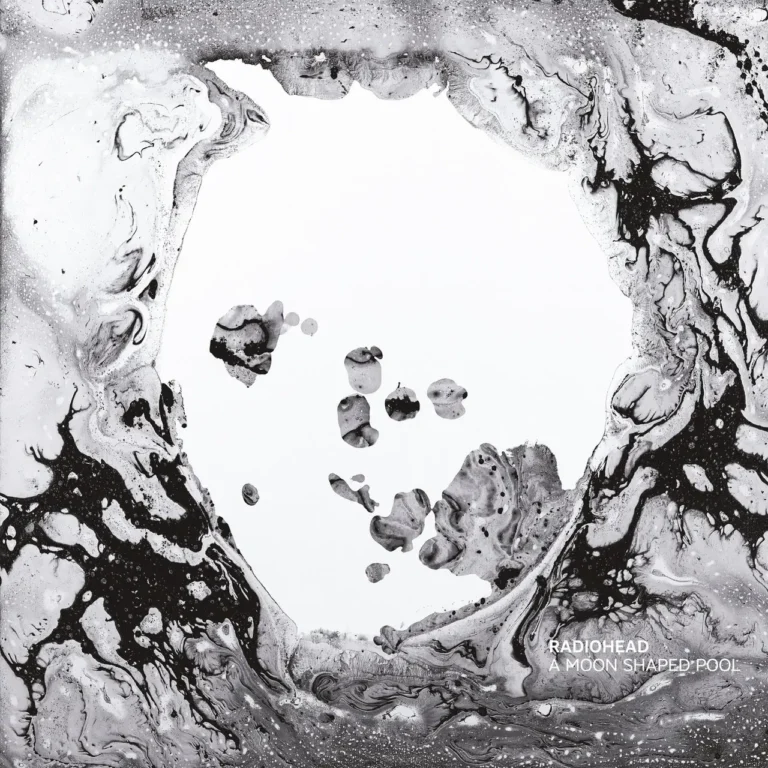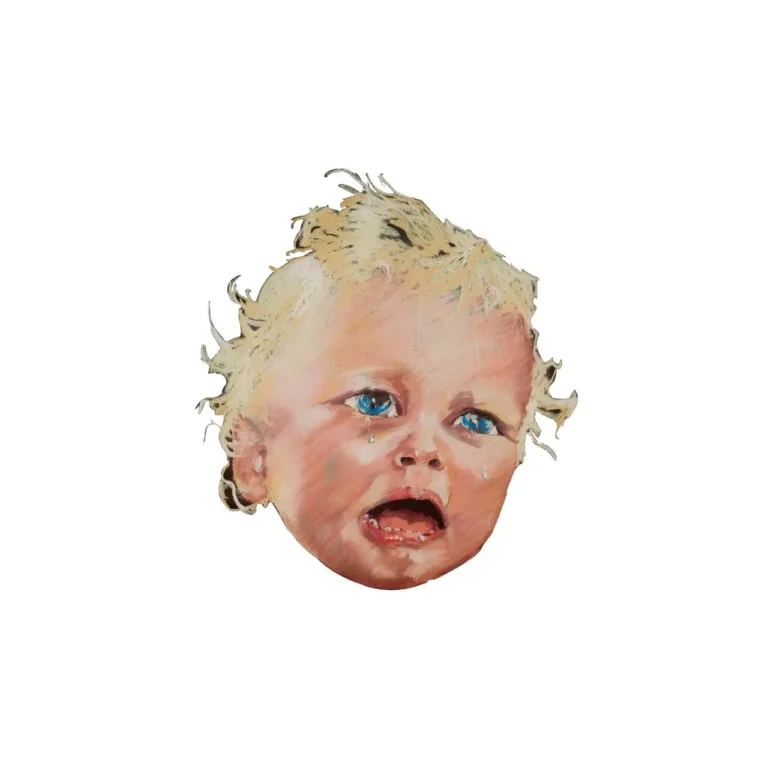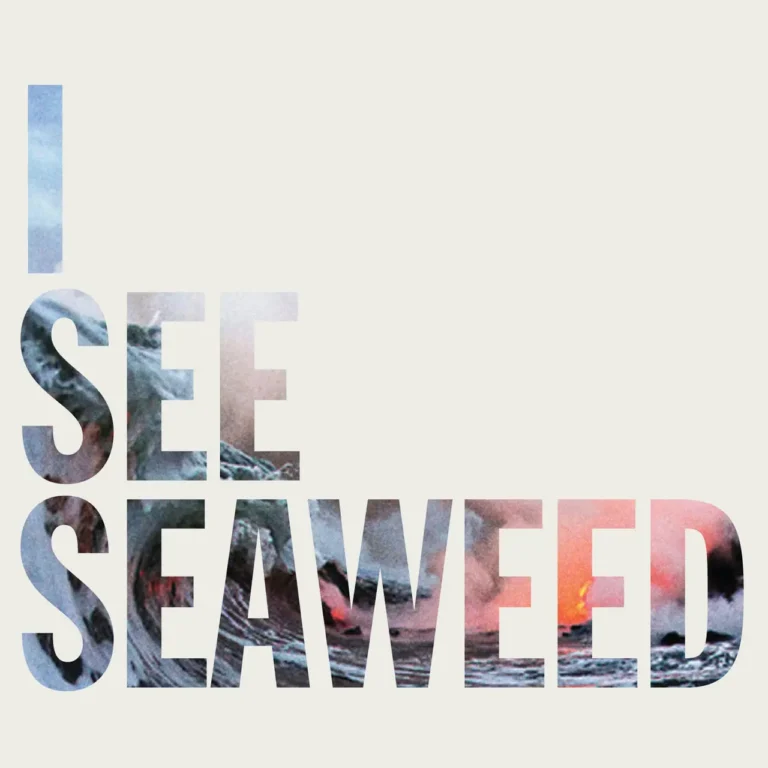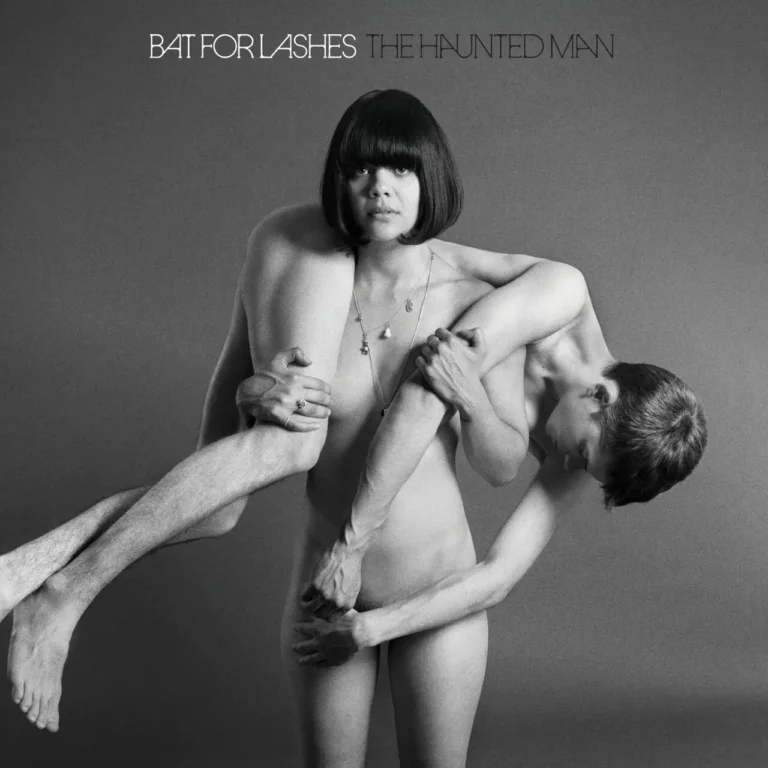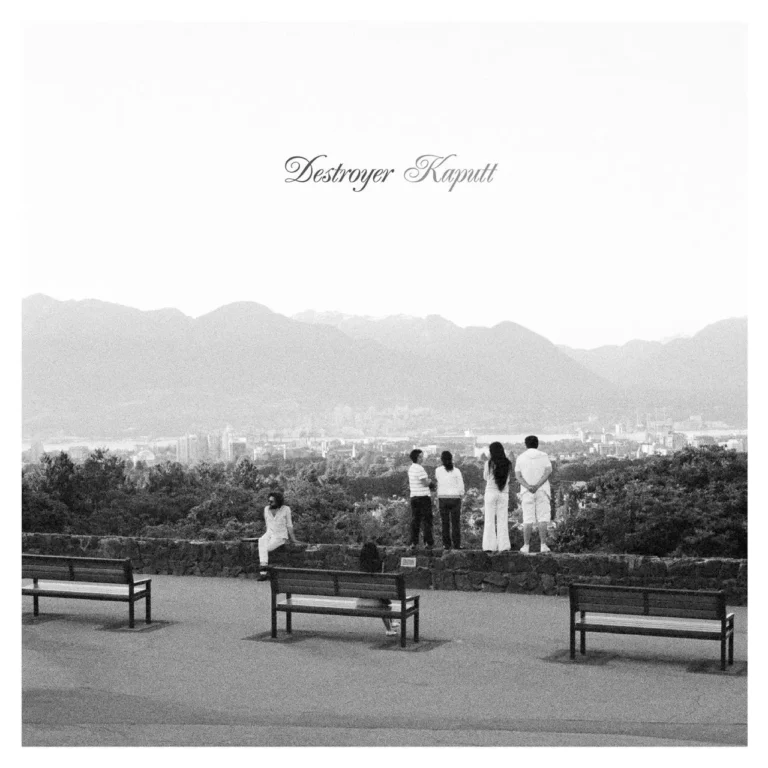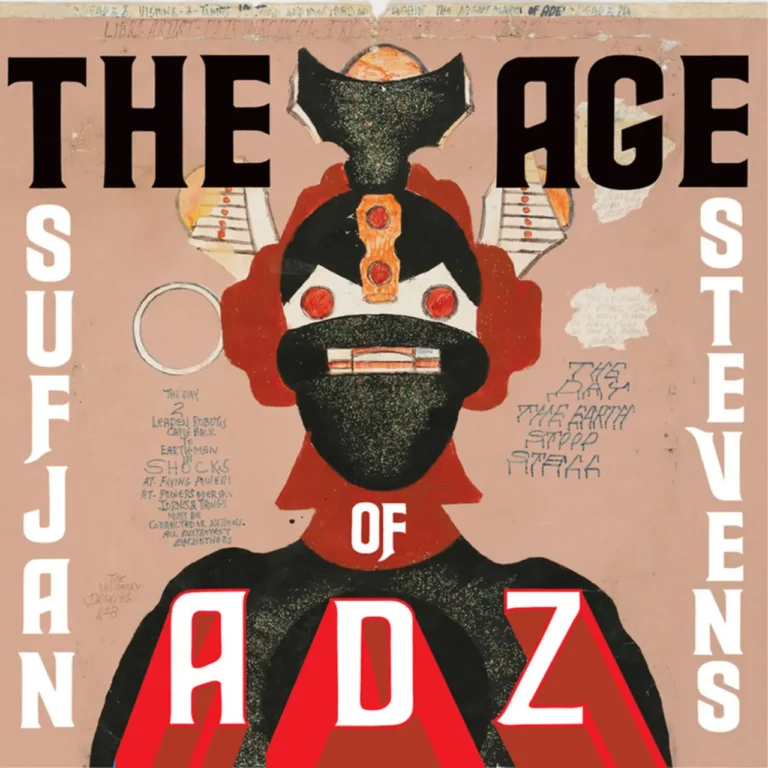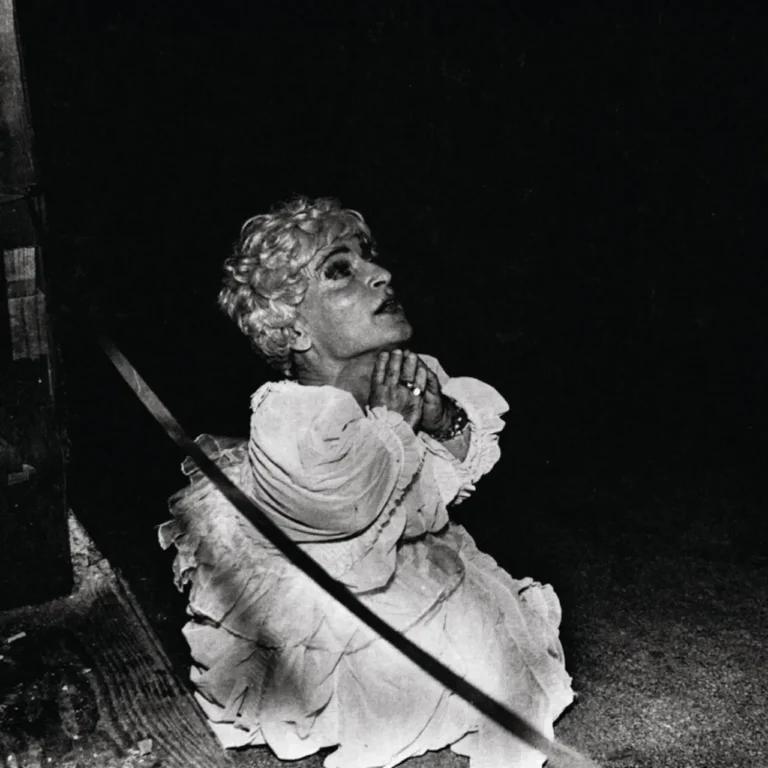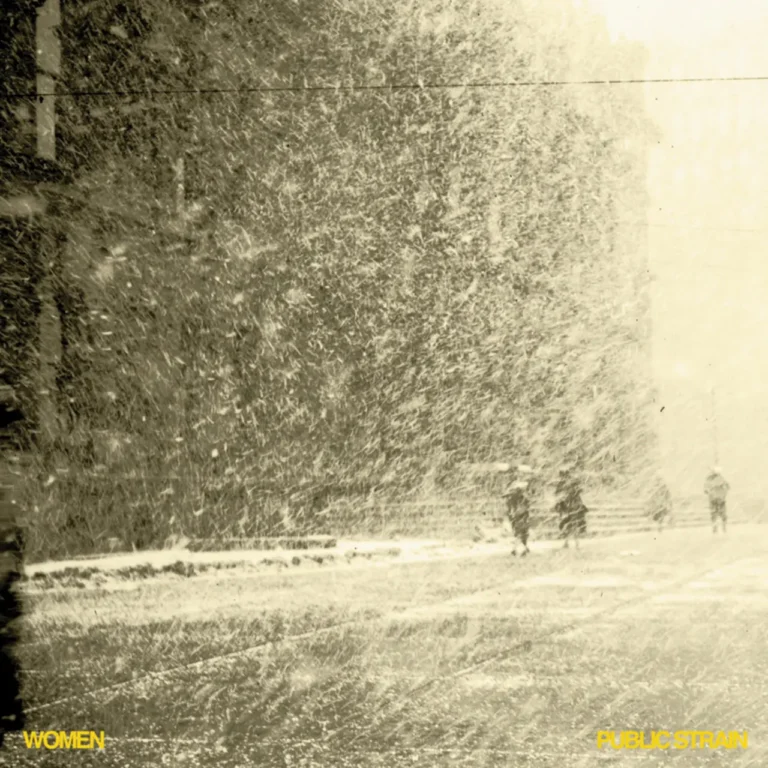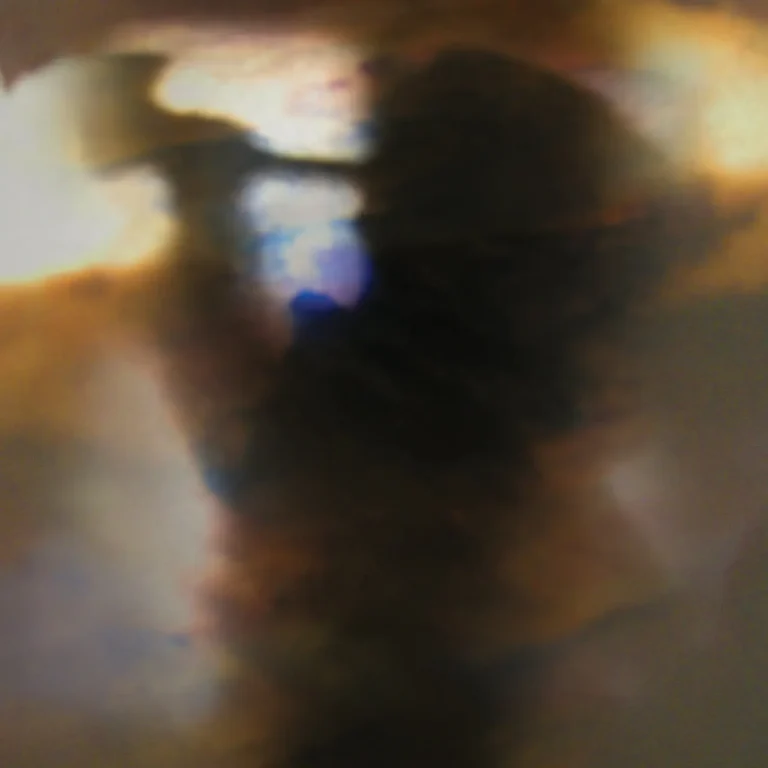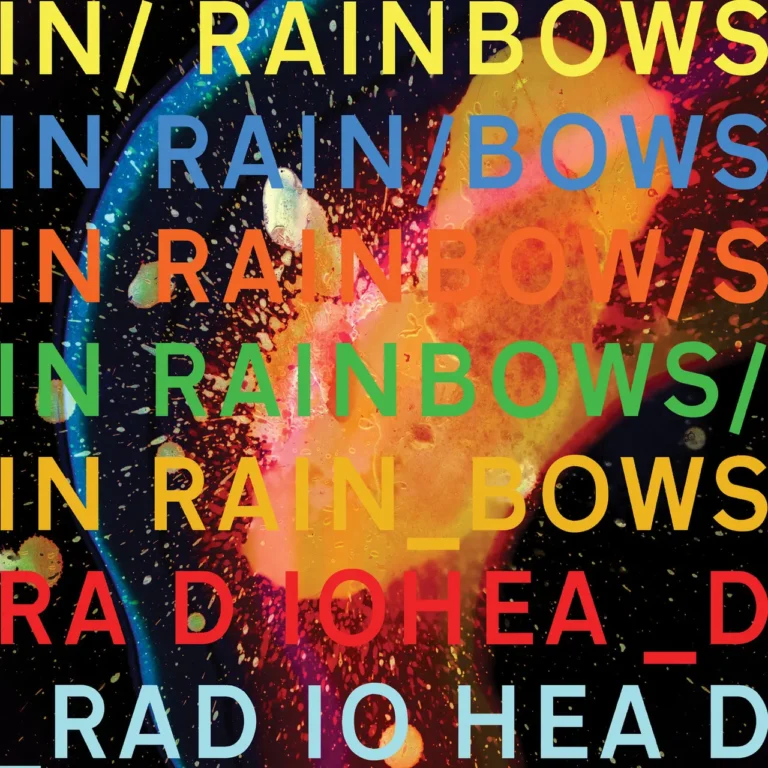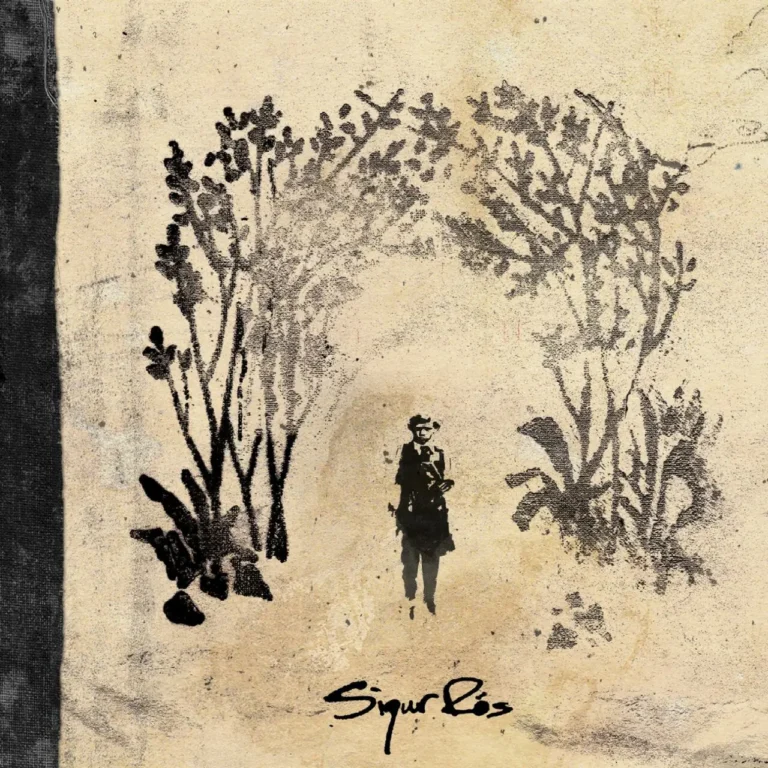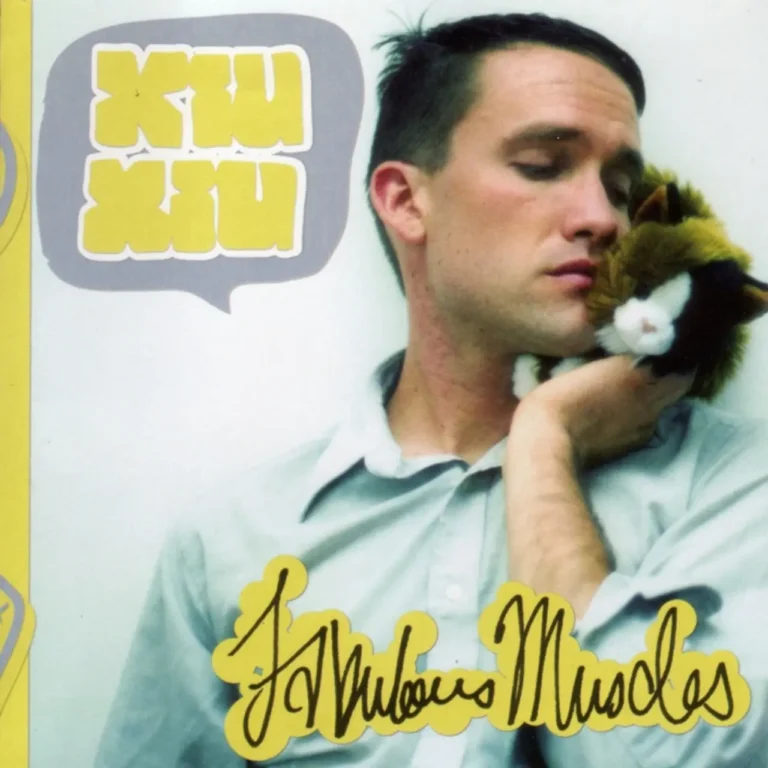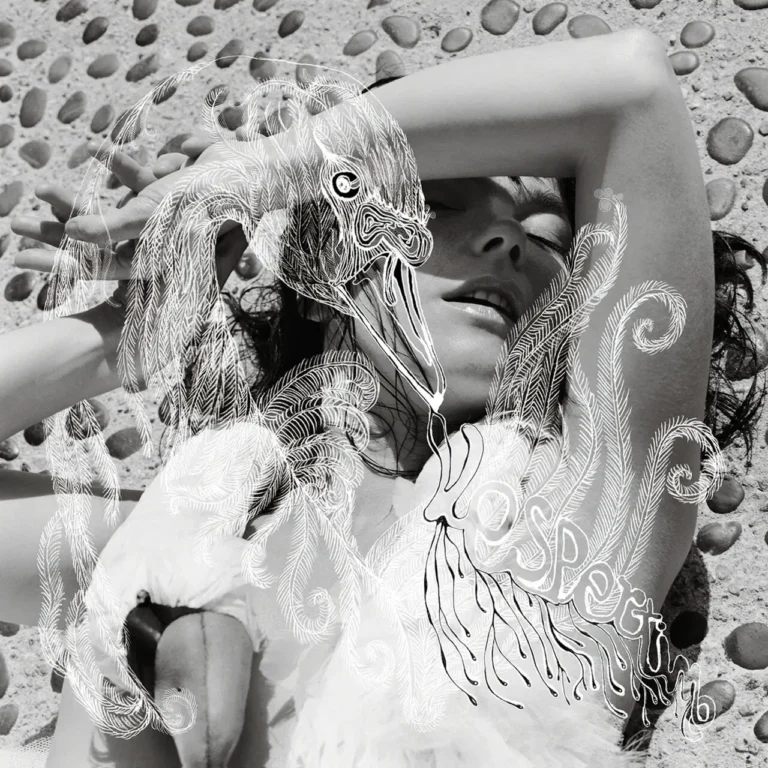Here Come the Warm Jets is the debut solo album by English musician Brian Eno, released on Island Records on February 8, 1974, following his departure from Roxy Music123. This record marked Eno’s complete creative control as both artist and producer, blending experimental rock, glam, art pop, and avant-garde influences into an innovative and genre-defying sound456.
Background and Recording
- Recorded: September 1973 at Majestic Studios, London; mixed at Air and Olympic Studios78.
- Personnel: Featured multiple guest musicians, including ex-Roxy Music members (excluding Bryan Ferry), Robert Fripp (King Crimson), and contributors from Hawkwind, Matching Mole, and Pink Fairies186.
- Experimental Approach: Eno encouraged creative accidents by giving unconventional instructions to musicians and using experimental production techniques. He’d dance or speak nonsense to inspire unique performances from the ensemble26.
Musical Style
- Genres: Glam rock, art rock, art pop, experimental rock, progressive elements564.
- Characteristics:
- Blending straightforward theatrical elements of glam with avant-garde and electronic textures.
- Use of tape loops, synthesizers, and innovative effects to create rich, layered soundscapes5.
- Songs range from catchy, melodic pop (“Needles in the Camel’s Eye,” “Cindy Tells Me”) to avant-garde and surreal (“Dead Finks Don’t Talk,” “Driving Me Backwards”)45.
- Lyrics mix humor, absurdity, and emotionally evocative abstraction.
Track Highlights
- "Needles in the Camel’s Eye": Urgent, driving rhythm with layered vocals and art-rock sensibility.
- "Baby’s on Fire": Notable for Robert Fripp’s explosive guitar solo and cutting, irreverent lyrics.
- "On Some Faraway Beach": Atmospheric, with a bittersweet, cinematic tone.
- Title Track ("Here Come the Warm Jets"): Features a surging blend of synths and guitars, with production effects that inspired the album’s title—according to Eno, describing the “warm jet guitar” sound rather than a slang reference9.
Reception and Legacy
- Chart Performance: Peaked at #26 on the UK Albums Chart and #151 in the US110.
- Critical Response:
- Received widespread critical acclaim for its inventive spirit and adventurous production.
- Praised by influential critics like Lester Bangs and Robert Christgau for its combination of pop structure and avant-garde chaos19.
- Despite some initial mixed reviews, the album has grown in stature and is now seen as a landmark of 1970s art rock111.
- Influence: Recognized as a foundational art-rock and experimental pop record, the album foreshadowed Eno’s later innovations in ambient music and production work for other artists1125.
Notable Musicians
| Name | Group Affiliation | Instrument/Role |
|---|---|---|
| Brian Eno | (Solo, ex-Roxy Music) | Vocals, synths, guitar |
| Robert Fripp | King Crimson | Guitar |
| Phil Manzanera | Roxy Music | Guitar |
| Andy Mackay | Roxy Music | Saxophone, keyboards |
| Bill MacCormick | Matching Mole | Bass |
| Simon King | Hawkwind | Drums |
| Chris Spedding | Sharks | Guitar |
In Summary
Here Come the Warm Jets remains a pivotal and adventurous classic, lauded for its fearless invention and fusion of rock and art music. Eno’s debut stands as a bold artistic statement that continues to inspire musicians across genres for its willingness to push boundaries and blur the lines between pop accessibility and experimental edge1456.
